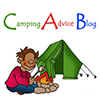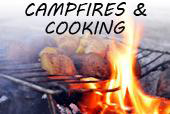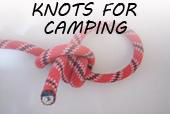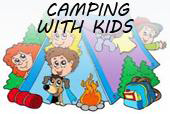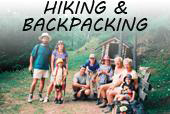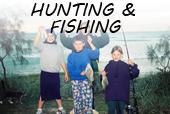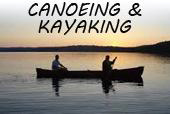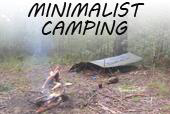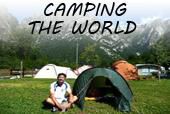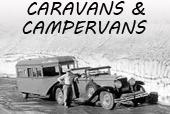
How can killing the members of a species preserve the species? Truth is that nature has used this method for millions of years.
There may be quite a few people who have a bit of difficulty in understanding that deer hunting is going a long way toward preserving deer herds, but it is. Without the hunting, in fact, there is little doubt that the deer would be a lot worse off, and may even be on the way toward extinction.
One of the biggest points is that natural predators for deer have been hunted extensively, with a result that there is much less natural culling of the herds. This means that there are more deer, but they include weak and old animals that would normally be hunted and killed by predators. Wolves, bears, and cougars, which once roamed from coast to coast are now much more rare.
This means that the animals that once controlled the deer population no longer exist in numbers great enough to make a significant difference on deer populations in most states. By killing off the predators, man has established himself as the prime predator. However, that also means he has the responsibility to keep the herds culled. This is done through hunting.
What happens when there are too many deer, as happens when the weak and infirm aren’t removed from the herd? It gradually means more hungry mouths, while the available land and plants on the land eaten by the deer doesn’t change. This doesn’t just hurt the weakest deer in the herd; it hurts them all because there simply isn’t enough food for each animal. True, it is likely that the weakest will probably be the first to die of starvation, however even the strongest won’t be far behind, and will by that time be substantially weakened, too.
Deer hunting doesn’t directly remove the weak animals, as a general rule. However, for each deer taken, there is more food for those remaining, including the fawns and yearling fawns. Starvation is a terrible and long lasting way to die. In any given area, we aren’t talking about a lot of deer, either. Especially with the current growth of deer populations in most states, a hunter’s take of 1 in 100 is a major accomplishment. Even that one deer, though, can mean the difference between survival and starvation for many others.
Nature can also have a negative impact. In the fall of 2008, enormous lightening caused fires burned great tracts of forest in many different states and this causes hardship for the deer in many different places.
